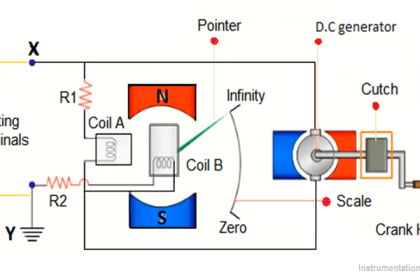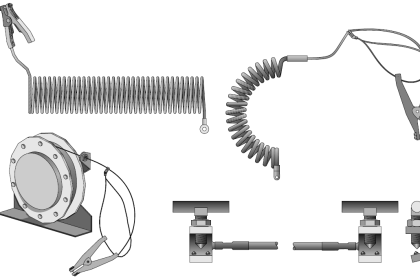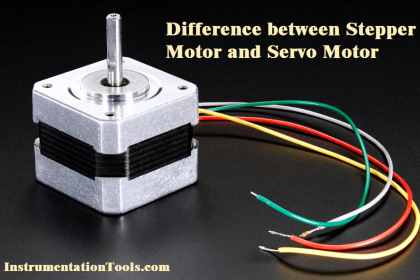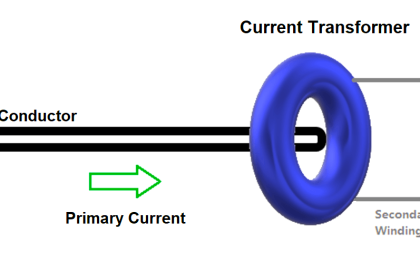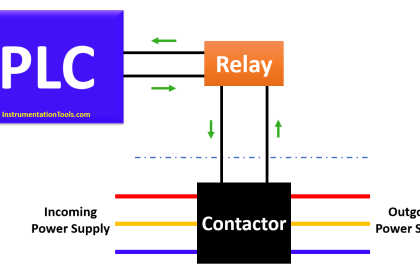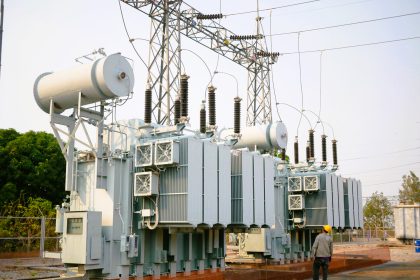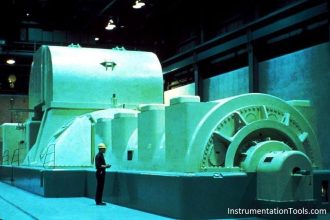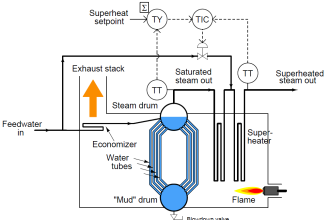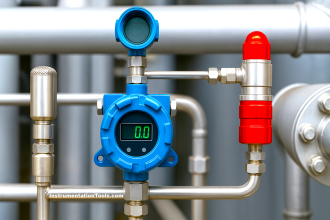In any instrument or electrical device, one of the most important parameters to consider is earthing. We know that any such device cannot function properly without proper earthing, as it will damage them from leakage currents or EMI (electromagnetic interference) currents after prolonged use.
So, when you are designing earthing pits for them, you need to know their acceptable resistance values in India before giving them for use. In this post, we will see the acceptable earth resistance values in India.
What is earthing? Why is earthing of electrical devices necessary?
Many times, there can be a fault in an electrical device, where the design of conductive or insulation path may not be proper. In such a case, current will leak through the body and when someone accidentally touches it or if it comes in contact with some other live circuit, then it will create a short circuit or cause damage to human life. So, there needs a path to divert this leakage current or transient voltage into a safe location. This is done through earthing.
Earthing provides a path for the faulty current to flow into the ground through a protective conductor. This will reduce all the possibilities for getting any short circuit or damage nearby. It thus allows the flow of excess electricity from the device to the ground.
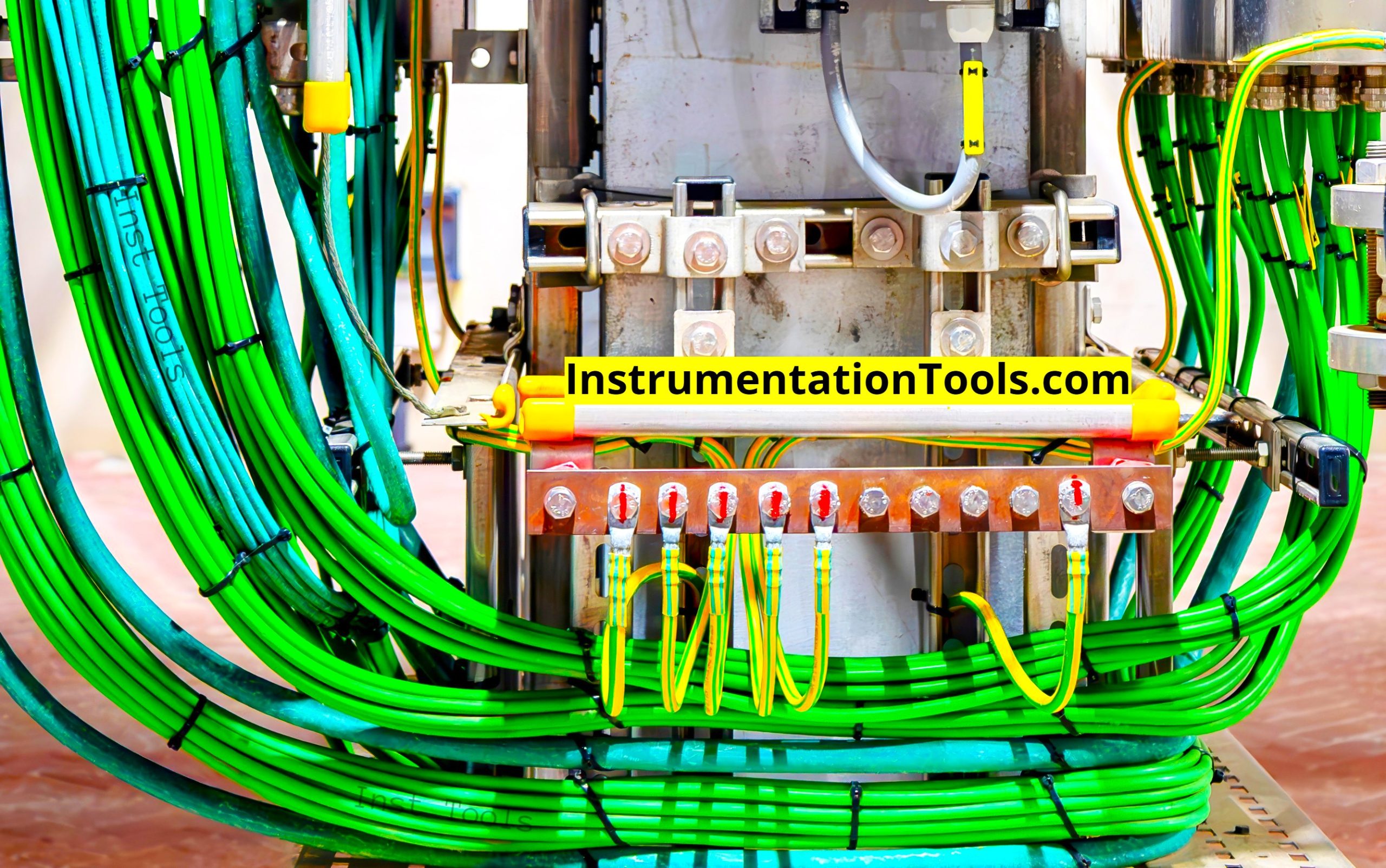
What is earth resistance?
Practically, it is impossible for all of the leakage current to flow into the ground. It is just theoretical, not practical. Theoretically, it means zero resistance to the current, which allows all of the current to flow into the ground. But, some resistance is offered which results only a certain percentage of current to flow. This resistance applied for the earth electrode to the flow of electricity is earth resistance. The earthing resistance value is based upon the soil resistivity, construction design, and climate-related conditions.
When the leakage current flows through the electrode, that electrode will transfer the current to many areas in the soil surrounding it. The soil property will not be the same in each and every inch surrounding the electrode. Some will be soft or some will be hard. So, as the soil properly is not the same in all the areas, some amount of leakage current will not be flown as a proper path will not be given. This makes it important to measure earth resistance around the electrode. The lesser the value, the very good chances are for passing leakage current to the ground as much as possible.
The four most important factors affecting earth resistance are –
- soil composition,
- moisture content in the soil,
- temperature of soil and
- depth of earth electrode into the ground.
Acceptable Earth Resistance Values in India
Every country has defined some set of standard acceptable values of earthing, depending upon their general climate, soil quality and frequency of applied voltage (for example 50 hZ in India). Like that, we will see what are the standard values in India:
- Power stations – 0.5 ohms
- EHT stations – 1.0 ohms
- 33KV substations – 2 ohms
- DTR structures – 5 ohms
- Tower foot resistance – 10 ohms
If the value around that earth pit electrode is below or equal to this value, then it means the resistance for the required device is low and will allow a good amount of leakage current to pass to the ground.
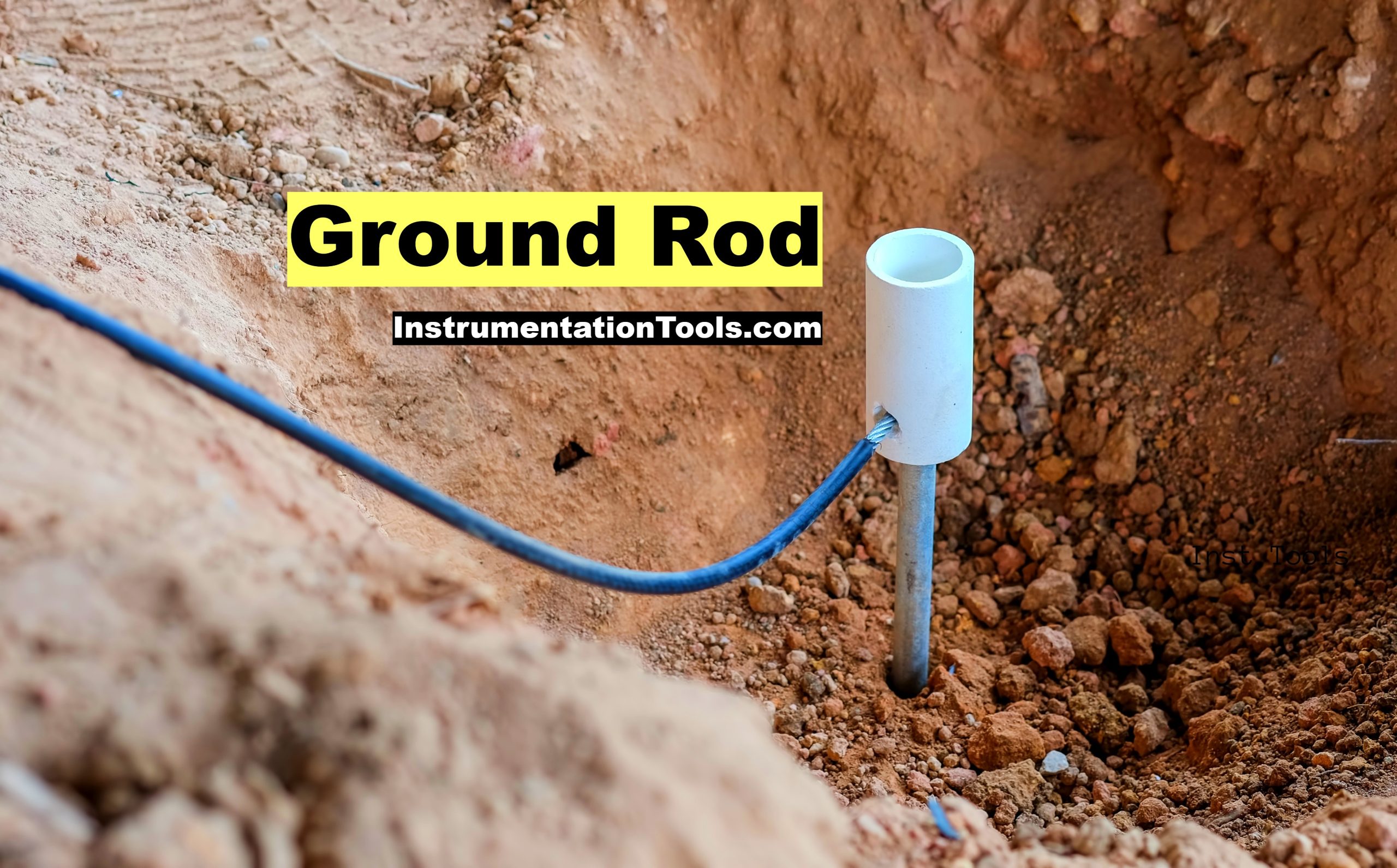
Some common ways to lessen earth resistance are – adding salt around the electrode, using longer electrodes for a deeper reach in the earth, adding special coatings to the electrode layer for corrosion protection, and adding moisture-retaining substances around the electrode to keep the moisture content in control.
In this way, we saw the acceptable earth resistance values in India.
Read Next:
- Instrumentation Earthing
- Instrumentation and Electrical Teams
- PLC Wiring Questions for Technicians
- PLC Panel and MCC Panel Interface Signals
- Earthing Practices Used for PLC Control Panel
